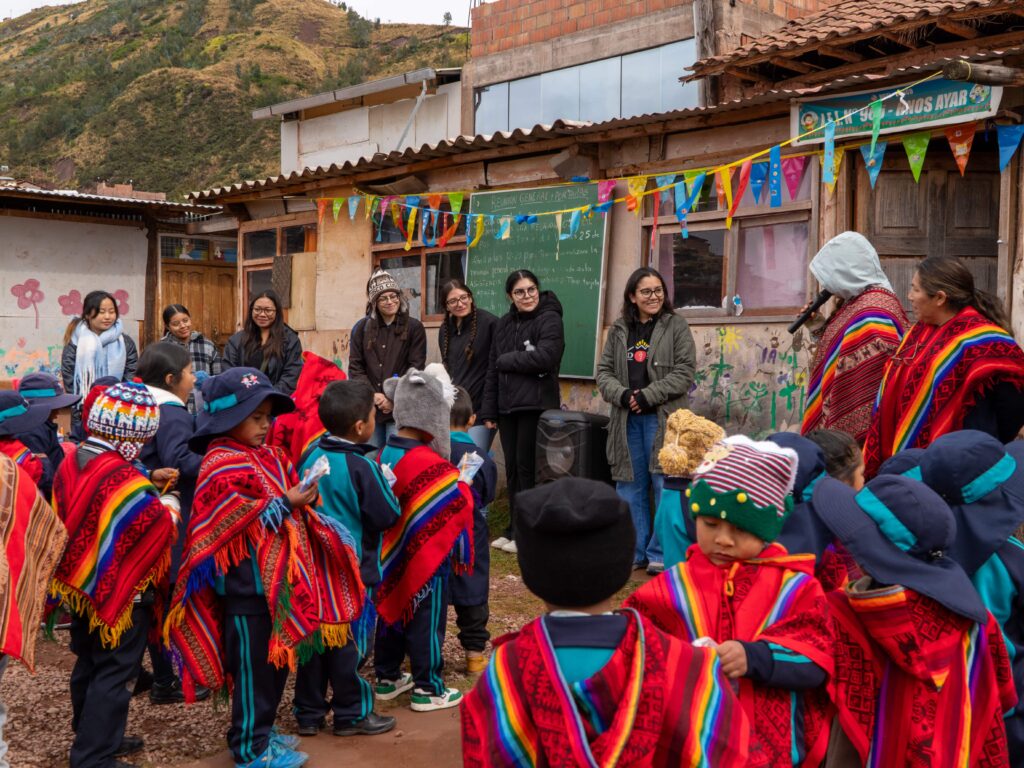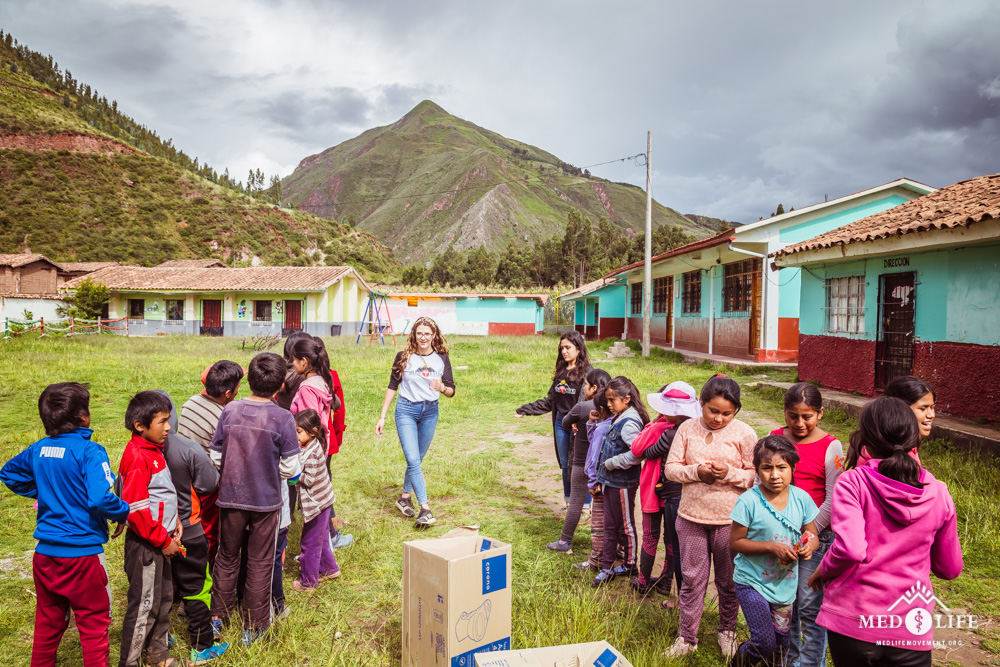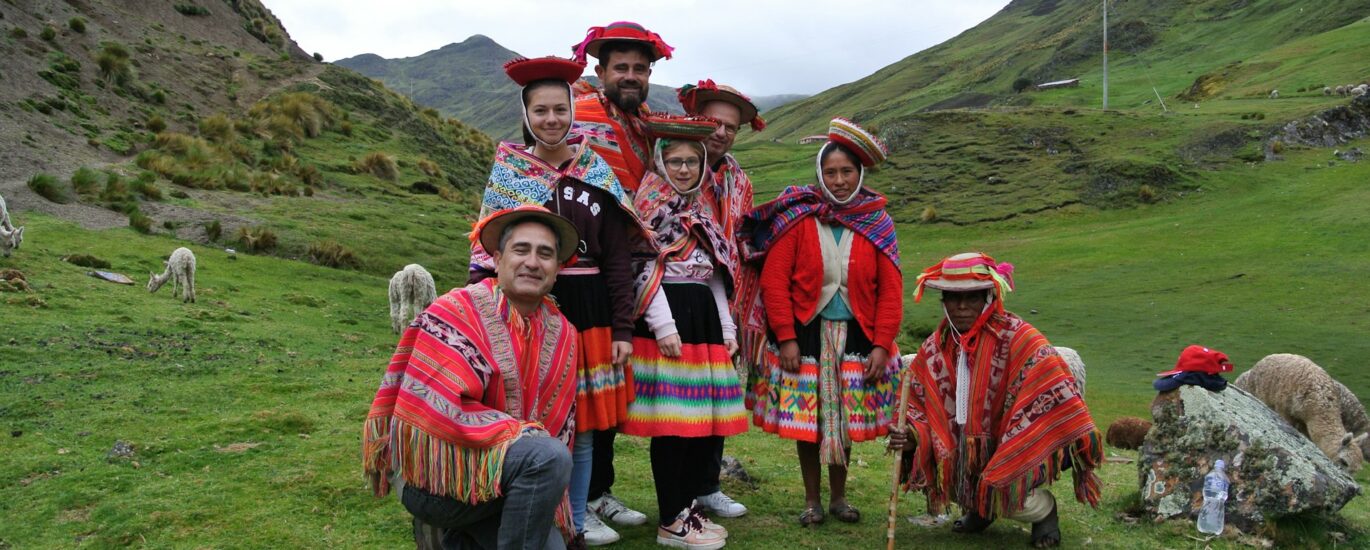Have you ever wondered how learning changes when people from different cultures come together? Cross-cultural collaboration transforms education by combining diverse perspectives, communication styles, and values to create richer learning environments. When students volunteer, work or study alongside peers from around the world, they don’t just gain academic knowledge: they develop empathy, adaptability, and a broader view of global issues. These experiences encourage a kind of learning that goes beyond the classroom, preparing future leaders to work collaboratively in an increasingly connected world.

Understanding the value of Cross-Cultural collaboration
Cross-cultural collaboration refers to the process of students, educators, and communities from diverse cultural backgrounds working together toward shared goals. It goes beyond language learning: it’s about exchanging perspectives, traditions, and values that shape the way people think and solve problems. These experiences enrich education by helping students develop adaptability, empathy, and global awareness. Whether through academic exchanges or service programs abroad, this type of collaboration makes learning more dynamic and prepares young people to engage meaningfully in an interconnected world.

Building cultural awareness in the classroom
Cultural awareness forms the foundation of successful collaboration. When students learn to understand and appreciate different worldviews, they become more open-minded and respectful toward others. Cultural activities such as celebrating international festivals, exploring regional customs, or discussing cultural case studies encourage curiosity over judgment. For example, students who volunteer abroad often gain deeper insights by participating in local events or daily routines. By fostering this mindset, schools create inclusive learning spaces where diversity is viewed as a strength rather than a barrier.

Identifying and addressing common barriers
Collaborating across cultures comes with challenges, such as language barriers, differing communication styles, or contrasting expectations about time and participation. What one group considers polite or efficient may be interpreted differently by another. Acknowledging these differences is key to preventing misunderstandings. Educators can help students prepare by discussing cultural norms before collaboration begins or using structured reflection sessions afterward. Resources like pre-departure orientations or global learning guides can also help students navigate these complexities more confidently.
Effective communication strategies across cultures
Clear and respectful communication is essential to any multicultural partnership. Students should practice active listening, ask clarifying questions, and be mindful of nonverbal cues such as tone, eye contact, or gestures. Technology plays a vital role here. Tools like video calls, shared digital platforms, or collaborative online projects make it easier to maintain dialogue between classrooms in different countries. When communication becomes intentional and empathetic, collaboration leads to stronger outcomes and a deeper sense of connection.
Creating trust through shared learning experiences
Trust is the cornerstone of meaningful collaboration. It grows when participants show consistency, openness, and respect for one another’s perspectives. Shared experiences, such as joint research, community service, or fieldwork; allow students to bond beyond the classroom. For instance, volunteering in local development projects not only strengthens team relationships but also builds genuine ties with host communities. These real-world exchanges make educational partnerships more authentic and lasting.
Developing cultural competence through training and practice
Building cross-cultural competence requires more than exposure, it demands guided practice. Schools can offer workshops that simulate intercultural situations, like negotiating in another cultural context or handling a misunderstanding in a team setting. Such activities encourage empathy and adaptability. Immersive programs, including study abroad, educational trips or service-learning experiences, reinforce these lessons by placing students directly in multicultural environments. Over time, this combination of theory and practice helps learners engage with global peers confidently and respectfully.
Evaluating success: Educational and community outcomes
The impact of cross-cultural collaboration can be measured in both academic and personal growth. Students often return from these experiences with improved language abilities, stronger communication skills, and a deeper sense of global responsibility. Meanwhile, host communities benefit from knowledge exchange, shared projects, and new opportunities. The success of these partnerships lies not only in what students learn but also in how both sides grow together: building a foundation for more inclusive and connected education worldwide.
Engaged Education: Transformative educational travel experiences
Engaged Education designs student trips abroad that foster collaboration, cultural understanding, and leadership development.
Download the full brochure here to explore opportunities.
Want to create lasting impact? Become a monthly donor and support projects that promote education and poverty reduction around the world.






